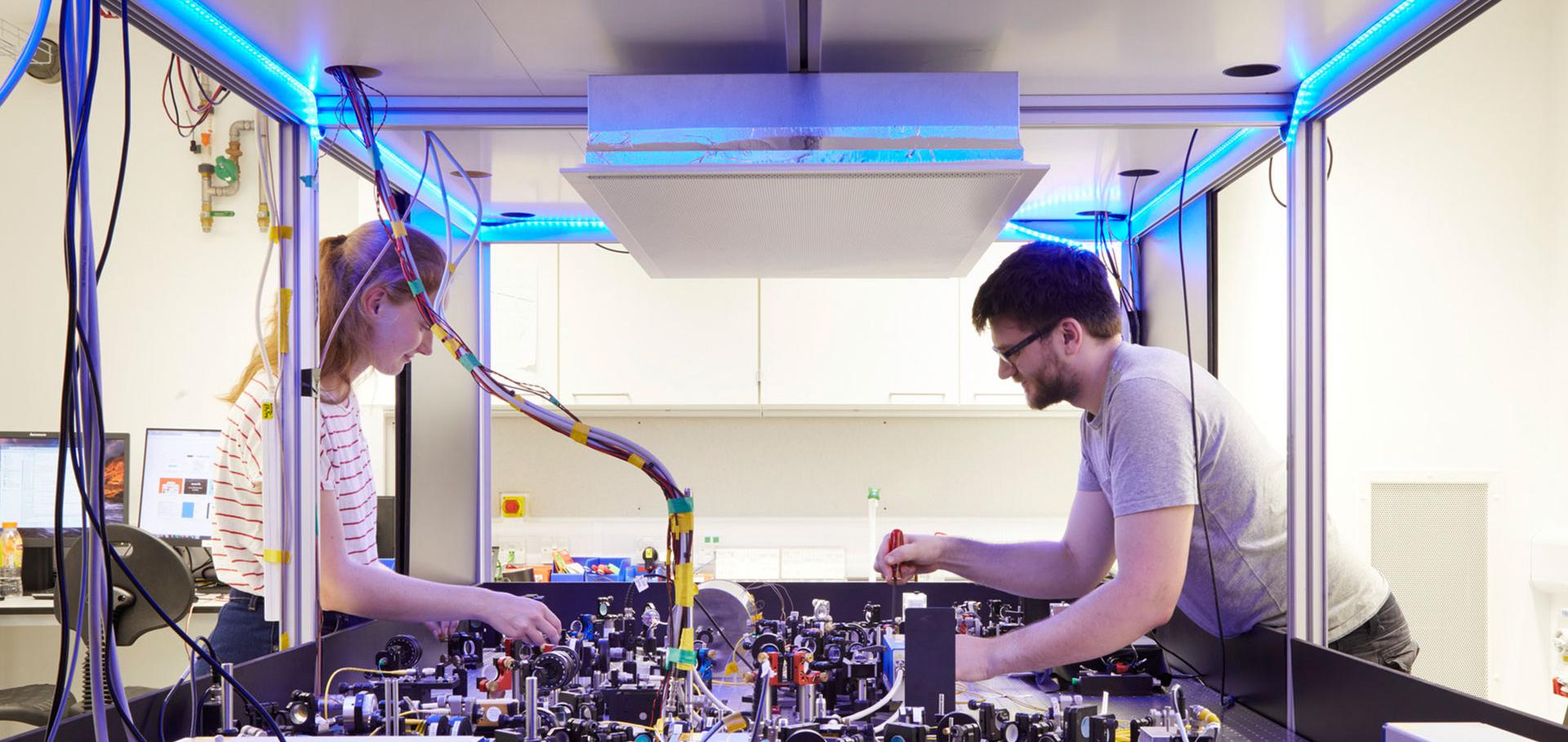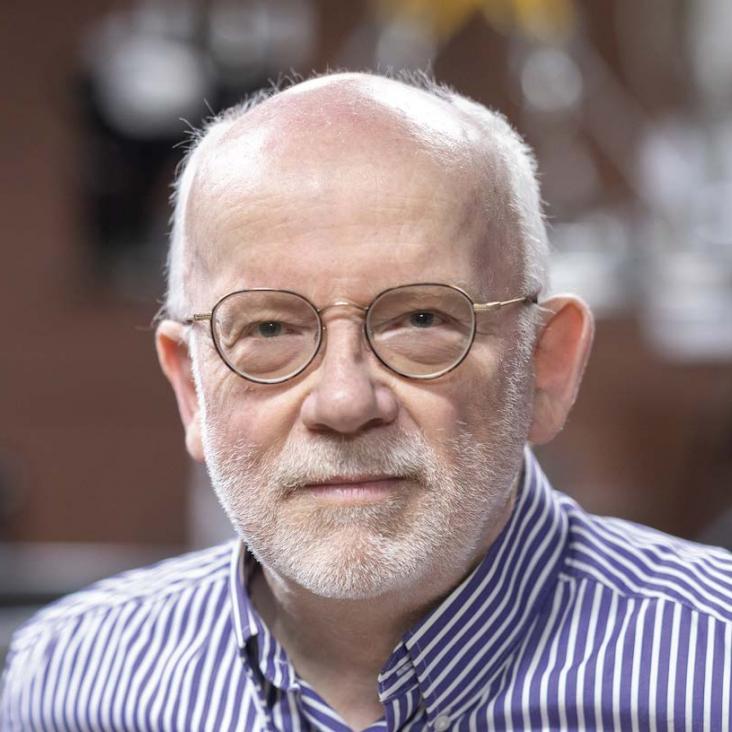Astronomy Domine: advancing science with a burning plasma
Contemporary Physics Taylor and Francis 62:1 (2021) 14-23
Abstract:
Inertial Confinement Fusion (ICF) is a subject that has been studied for decades, because of its potential for clean energy generation. Although thermonuclear fusion has been achieved, the energy out has always been considerably less than the energy in, so high energy gain with a burning thermonuclear plasma is still some way off. A multitude of new science has come from the ICF programme that is relevant outside the field (typically in astrophysics). What we look at in this text is what new science can come from the much more extreme conditions that would be created in the laboratory if a burning ICF plasma could be created -- in terms of energy density the most extreme macroscopic environment ever created. We show that this could impact science from particle physics through astrophysics and on to cosmology. We also believe that the experiments that we propose here are only a small part of the science that will be opened up when a burning thermonuclear plasma is created in the laboratory.Temperature equilibration due to charge state fluctuations in dense plasmas
Physical Review Letters American Physical Society 127:3 (2021) 35002
Abstract:
The charge states of ions in dense plasmas fluctuate due to collisional ionization and recombination. Here, we show how, by modifying the ion interaction potential, these fluctuations can mediate energy exchange between the plasma electrons and ions. Moreover, we develop a theory for this novel electron-ion energy transfer mechanism. Calculations using a random walk approach for the fluctuations suggest that the energy exchange rate from charge state fluctuations could be comparable to direct electron-ion collisions. This mechanism is, however, predicted to exhibit a complex dependence on the temperature and ionization state of the plasma, which could contribute to our understanding of significant variation in experimental measurements of equilibration times.An investigation of efficient muon production for use in muon catalyzed fusion
Journal of Physics: Energy IOP Publishing 3:3 (2021) 035003-035003
The data-driven future of high energy density physics
Nature Springer Nature 593 (2021) 351-361
Abstract:
High-energy-density physics is the field of physics concerned with studying matter at extremely high temperatures and densities. Such conditions produce highly nonlinear plasmas, in which several phenomena that can normally be treated independently of one another become strongly coupled. The study of these plasmas is important for our understanding of astrophysics, nuclear fusion and fundamental physics—however, the nonlinearities and strong couplings present in these extreme physical systems makes them very difficult to understand theoretically or to optimize experimentally. Here we argue that machine learning models and data-driven methods are in the process of reshaping our exploration of these extreme systems that have hitherto proved far too nonlinear for human researchers. From a fundamental perspective, our understanding can be improved by the way in which machine learning models can rapidly discover complex interactions in large datasets. From a practical point of view, the newest generation of extreme physics facilities can perform experiments multiple times a second (as opposed to approximately daily), thus moving away from human-based control towards automatic control based on real-time interpretation of diagnostic data and updates of the physics model. To make the most of these emerging opportunities, we suggest proposals for the community in terms of research design, training, best practice and support for synthetic diagnostics and data analysis.Demonstration of geometric effects and resonant scattering in the x-ray spectra of high-energy-density plasmas
Physical Review Letters American Physical Society 126 (2021) 085001


